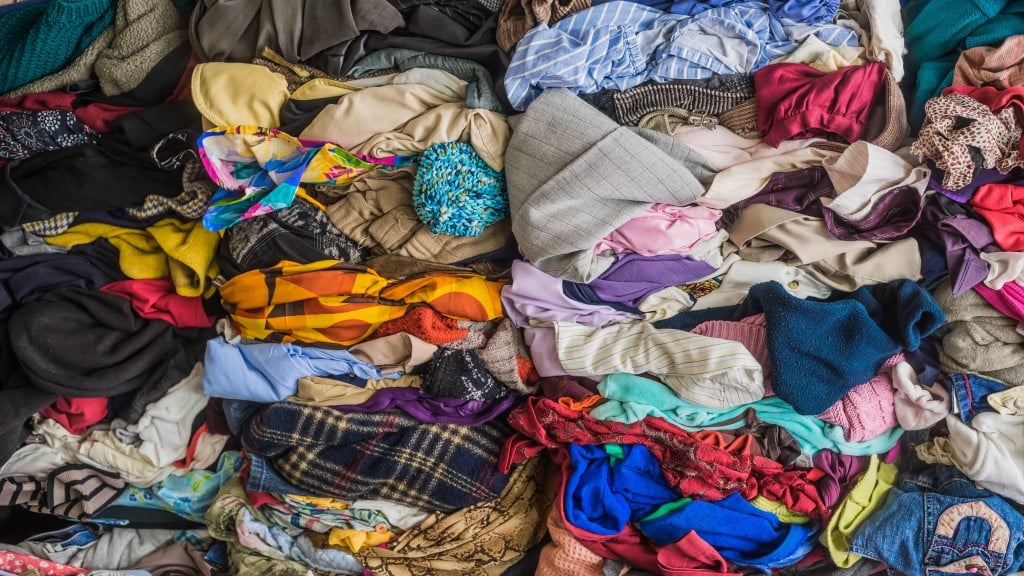Polypropylene Recycling Coalition reports 64 million pounds of recycled polypropylene annually
The Recycling Partnership sets ambitious goal to increase U.S. polypropylene recycling rate by five percent by the end of 2026

The Recycling Partnership's Polypropylene Recycling Coalition has released its inaugural annual report highlighting measurable improvements in the circularity of polypropylene (PP). Established in 2020, the Coalition awards grants to materials recovery facilities (MRFs), secondary sorters, and reclaimers to increase acceptance, improve capture, and deliver higher-quality recycled polypropylene to responsible end markets. Since its inception, the Coalition has allocated over $15 million across 60 grants, resulting in new or improved polypropylene recycling access to 48 million people.
Polypropylene, also known as #5 plastic, is ubiquitous in our daily lives and widely used in packaging for dairy foods, salads, deli items, microwaveable meals, and more. Its high value has resulted in growing demand for post-consumer recycled polypropylene, yet only eight percent is recycled annually. To address this challenge, the Coalition's grants enable recycling facility upgrades, improved sorting capabilities, and community engagement to boost recycling rates for polypropylene.
"In just four years, The Coalition has improved polypropylene recycling access, capture, sortation, and processing in more than half of U.S. states, and there is more to do," said Brittany LaValley, vice president of materials advancement at The Recycling Partnership. "While we celebrate this progress, we know there is significant opportunity to continue to expand the demand for recycled polypropylene, spur investments in access, education and infrastructure, and create a more robust market for this versatile material."
Together with producers, communities, recyclers, and manufacturers, the Coalition is striving for a five percent increase in the U.S. polypropylene recycling rate by:
- Increasing community recycling program acceptance of polypropylene: How2Recycle designated key polypropylene formats as "widely recyclable," ensuring people have guidance to get more material in the bin. As a result, 48 million people gained new or improved access to recycle their polypropylene.
- Ensuring more recycling facilities can successfully sort polypropylene: Community recycling program acceptance increased by 11 percent. As one example, the Scott County Waste Commission facility in Iowa received a Coalition grant, and as a result, its new optical sorter, it has captured 7 times more polypropylene in the first six months of 2024 than it did in all of 2023.
- Supporting responsible end markets: 64 million new pounds of polypropylene recycled annually, increasing the supply of reliable post-consumer recycled polypropylene for reuse in packaging and products. For example, a grant from the Coalition to Ocean County's Northern Recycling Center in New Jersey for upgraded equipment means the county collects more polypropylene and now sells the material to multiple domestic buyers.
- Informing policy: Polypropylene has been added to "favourable" or potential recyclable lists in states like California and Oregon, paving the way for more of this material to be recycled. For example, a grant allowed for dedicated polypropylene recycling at Recology in Sonoma Marin, California, as part of a $35 million modernization completed in early 2024.
Accomplishing a five percent increase in polypropylene recycling rates requires deploying $10 million in new capital throughout 2025, strategically focused on achieving critical milestones. This funding is part of a comprehensive strategy to deploy $55 million in new capital to modernize recycling infrastructure and expand polypropylene recovery nationwide.



